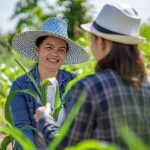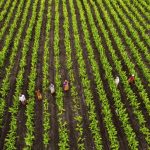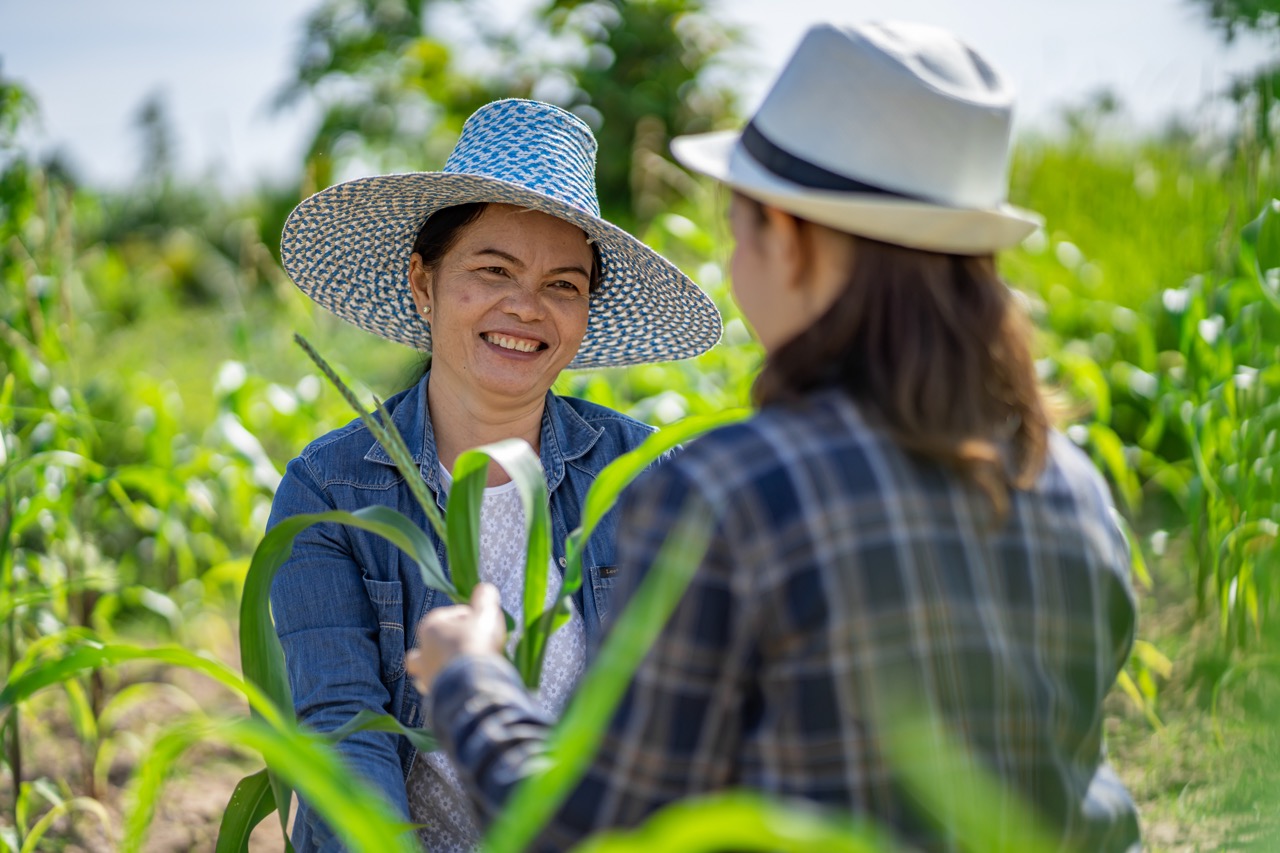The practice of sharecropping emerged in the United States during the Reconstruction Era, primarily in the Southern states. It was a system that sought to provide a solution to the economic devastation experienced by both landowners and formerly enslaved African Americans after the Civil War. Sharecropping allowed landowners to maintain their agricultural enterprises while providing laborers with an opportunity to work the land. However, this system created a complex web of economic dependency and social hierarchies that had profound implications for rural communities. This article delves into the historical evolution of sharecropping, its economic consequences, the social dynamics it fostered, and its long-term effects on contemporary rural life.
Historical Overview: The Emergence of Sharecropping Systems
The origins of sharecropping can be traced back to the aftermath of the Civil War when Southern plantations faced labor shortages due to the emancipation of enslaved people. Landowners required a workforce to maintain their agricultural output but lacked capital to pay wages. Sharecropping emerged as a compromise: landowners would provide land, tools, and seeds, while laborers would cultivate the crops and share a percentage of the harvest. This arrangement initially seemed beneficial to both parties, as it provided a semblance of autonomy for former slaves while ensuring landowners sustained their operations.
However, the sharecropping system quickly evolved into a cycle of debt and dependency. Landowners often exploited their power by setting high rental fees and controlling the distribution of necessary supplies, creating an uneven playing field. The seasonal nature of agriculture meant that sharecroppers would frequently fall into debt, forcing them to borrow against future harvests. This debt trap not only affected individuals but also reflected broader systemic inequalities, as wealth and land remained concentrated in the hands of a few, overshadowing the aspirations of many.
Throughout the late 19th and early 20th centuries, sharecropping became entrenched as a predominant agricultural practice in the South. It effectively replaced the antebellum slave economy with a new system of economic coercion, where the promise of independence often gave way to a harsh reality of exploitation. The historical legacy of sharecropping continues to resonate today, shaping the economic landscapes of rural communities and influencing the trajectories of generations that followed.
Economic Consequences: Financial Strains in Rural Communities
The economic ramifications of sharecropping on rural communities were profound and multifaceted. While sharecropping provided a means for subsistence, it created a cycle of poverty that trapped many families in a state of perpetual financial instability. The reliance on a single crop, typically cotton, made sharecroppers vulnerable to market fluctuations and natural disasters. A poor harvest could lead to insurmountable debt, forcing families to borrow from landowners or local merchants at exorbitant interest rates.
Additionally, the lack of access to education and resources hindered the economic mobility of sharecroppers, perpetuating a system that prioritized the interests of landowners over the welfare of laborers. As sharecroppers struggled to make ends meet, local economies stagnated. Communities became increasingly reliant on credit systems that favored landowners, further entrenching economic divisions. The financial strains of sharecropping limited opportunities for investment in essential infrastructure, healthcare, and education, ultimately stunting the growth of rural economies.
Moreover, the economic consequences of sharecropping extended beyond immediate financial burdens. The system fostered an environment of exploitation that inhibited collective bargaining and grassroots organizing. Sharecroppers often lacked the means to challenge unfair practices, leading to a consolidation of power that favored landowners and perpetuated economic disparities. The long-term impacts of these economic strains are still evident in many rural communities, where cycles of poverty and limited opportunities persist.
Social Dynamics: Power Relations and Community Structures
Sharecropping fundamentally altered the social dynamics of rural communities, establishing intricate power relations rooted in economic dependency. The relationship between landowners and sharecroppers became one of domination and subjugation, where landowners wielded significant authority over the lives of laborers. This power imbalance fostered an environment of mistrust and resentment, undermining communal bonds and creating divisions along economic and racial lines.
The social structures within sharecropping communities were often hierarchical, with landowners at the top and sharecroppers at the bottom. The pervasive fear of eviction or losing access to land loomed large over sharecroppers, stifling any efforts to collectively organize for better conditions. As a result, many sharecroppers resorted to individual strategies for survival, further fracturing community solidarity and reinforcing existing social inequalities. The fear of economic retribution served to maintain the status quo, preventing meaningful social mobility.
Despite these challenges, sharecropping communities also exhibited resilience and resourcefulness. Informal networks of support emerged as families shared resources and knowledge, often relying on one another for assistance during difficult times. Cultural practices and traditions were passed down through generations, preserving a sense of identity amidst economic strife. However, the overarching power dynamics of the sharecropping system continued to shape social interactions, making it difficult for communities to forge a unified front against the systemic inequalities they faced.
Long-Term Effects: Legacy of Sharecropping Today
The legacy of sharecropping continues to be felt in many rural communities across the United States. Although the system has largely dissipated, its historical impacts are embedded within the socioeconomic fabric of these areas. The cycle of poverty initiated by sharecropping has left lasting scars, with many descendants of sharecroppers still grappling with the repercussions of limited educational and economic opportunities. This historical context has contributed to persistent disparities in wealth and access to resources, particularly in African American communities that were heavily affected by the sharecropping system.
Moreover, the cultural and social structures established during the sharecropping era have influenced contemporary rural identities. Many communities maintain a sense of pride in their agricultural heritage, even as the economic landscape has shifted significantly. However, the challenges of access to land, capital, and education remain relevant issues. The historical legacy of land dispossession and exploitation continues to inform contemporary discussions around land reform, economic justice, and racial equity in rural areas.
In recent years, movements advocating for sustainable agriculture and cooperative farming models have emerged as potential pathways to rectify historical injustices. By fostering collective ownership and equitable distribution of resources, these initiatives aim to empower rural communities that have long been marginalized. The enduring impacts of sharecropping serve as a reminder of the importance of addressing systemic inequalities while also promoting a more equitable future for rural populations across the United States.
The social impacts of sharecropping on rural communities are profound and far-reaching, shaping the economic, social, and cultural landscapes of these areas for generations. The legacy of sharecropping reveals a complex interplay of power dynamics, economic vulnerability, and community resilience, underscoring the need for ongoing dialogue and action to address the inequalities that persist today. As we reflect on this historical phenomenon, it becomes evident that understanding the past is crucial for forging a more equitable future for rural communities impacted by the remnants of sharecropping.









